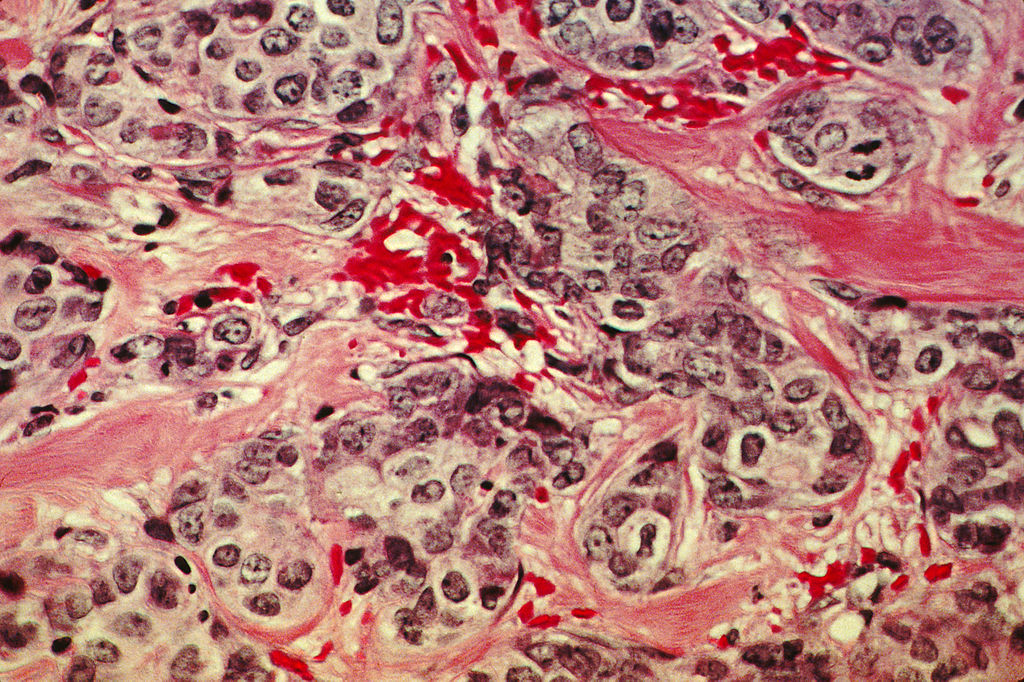The sensitivity of the Fascia to the Endocannabinoid System
Myofascial pain is a common clinical disorder, beginning as acute pain within the musculoskeletal system with a referred autonomic phenomenon, which includes pain, decreased ranged of motion, and weakness.
Work by Carla Stecco and colleagues from Padova has demonstrated that human fascia has endocannabinoid receptors, which suggests that fascia could be a source but also a modulator of pain. Fibroblasts can modulate the production of the various components of the extracellular matrix, according to type of stimuli: physical, mechanical, hormonal, and pharmacological. In new work, the researchers stimulated fascial cells with cannabinoid, to investigate how these molecules affect the peripheral tissue. The researchers isolated fascial fibroblasts from small samples of human fascia lata of the thigh, collected from three volunteer patients (two men, one woman) during orthopedic surgery.
The study demonstrated in the laboratory condition that a synthetic cannabinoid could lead to the production of hyaluronan and hyaluronan-rich vesicles in only a few hours in an in vitro culture of fascial fibroblasts. These vesicles are abundant in hyaluronan were rapidly released into the extracellular environment.
Hyaluronan is a critical element of Extra Cellular Matrix, which contributes to the turgor and flexibility of a tissue. The hyaluronan fluid layers within and underlying the deep fascia allow smooth gliding between these structures during movement. Hyaluronan is also an essential component in the tissue regeneration process. The production of hyaluronan induced by cannabinoids can increase the ability of the collagen bundles inside the fascia to glide with respect to others, and consequently to improve tissue adaptability. Thus, changes in hyaluronan can modify the mechanical properties and stiffness or elasticity of fascial tissues.
The results in the laboratory could inform how fascial cells respond to the endocannabinoid system by regulating and remodeling the formation of the extracellular matrix. This is a first step in the understanding of how therapeutic applications of cannabinoids to treat pain may also have a peripheral effect, altering the biosynthesis of the extracellular matrix in fasciae and, consequently, remodeling the tissue and its properties.
Fede, Caterina, et al. “Sensitivity of the Fasciae to the Endocannabinoid System: Production of Hyaluronan-Rich Vesicles and Potential Peripheral Effects of Cannabinoids in Fascial Tissue.” International Journal of Molecular Sciences 21.8 (2020): 2936.



